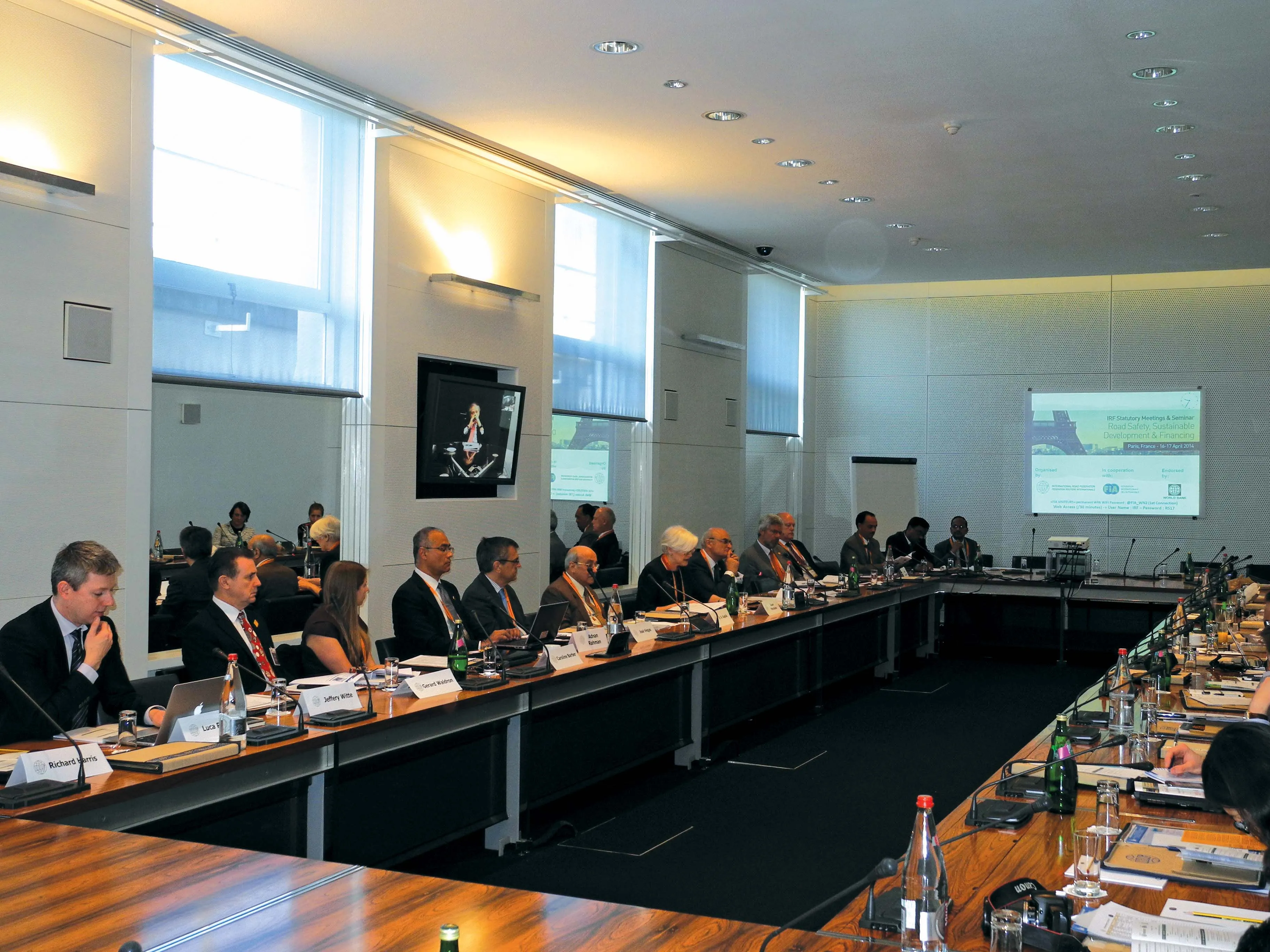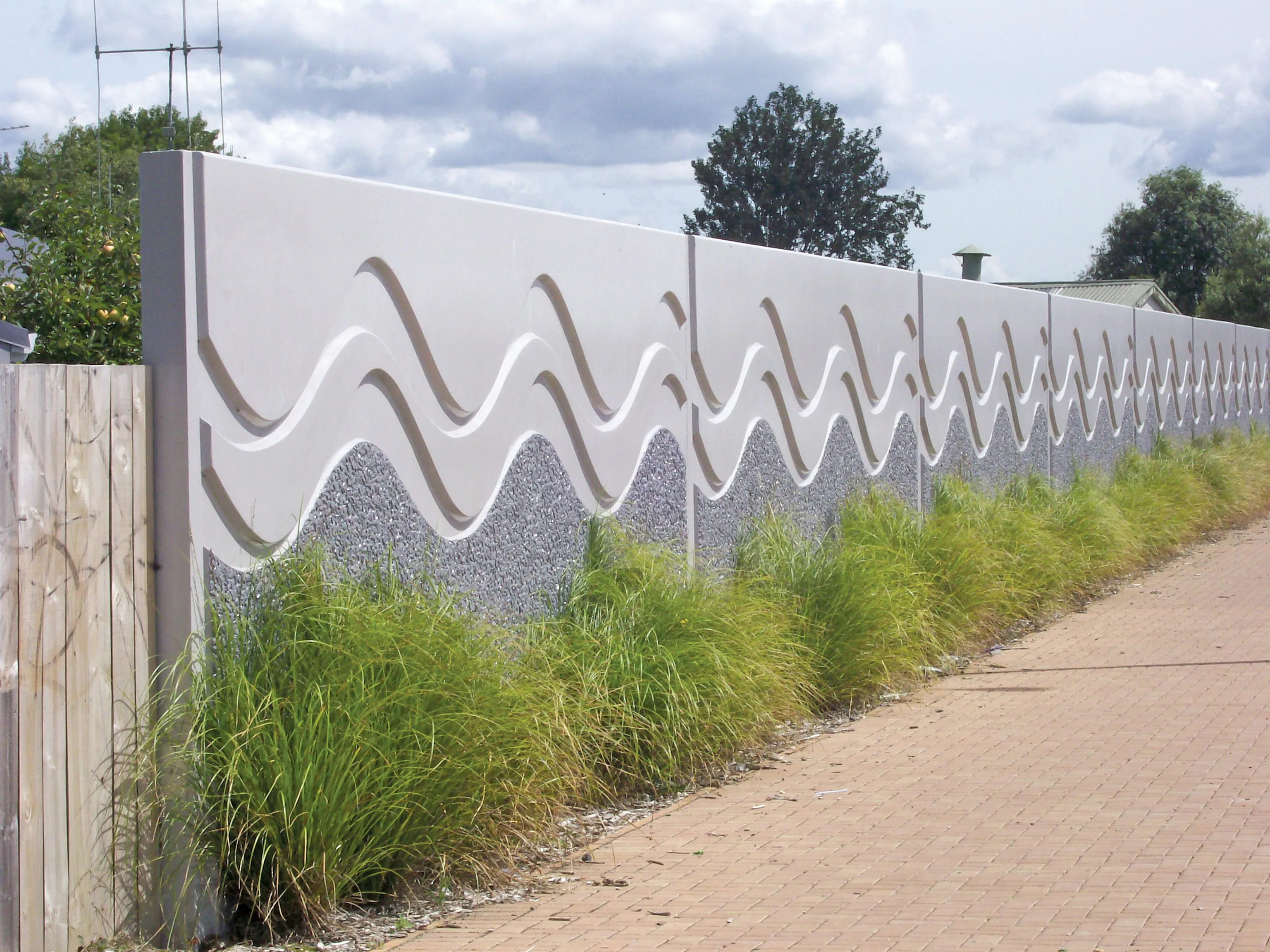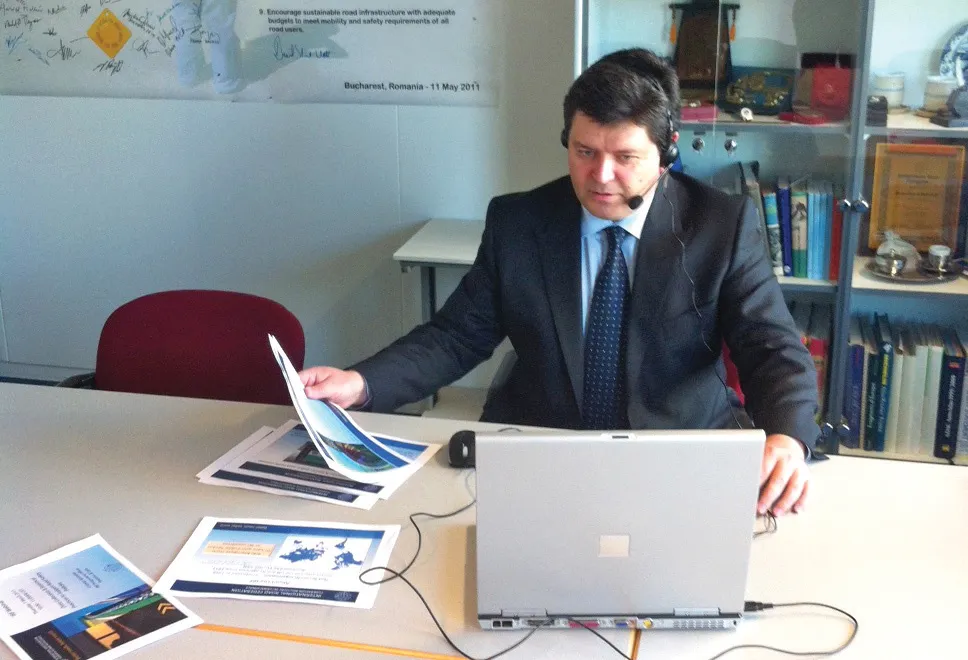Adriana Sanchez and Keith Hampson of the Sustainable Built Environment National Research Centre (SBEnrc) discuss green procurement
Procurement has a key role impacting the lifecycle of a construction project and can serve to drive many sustainability outcomes. Green procurement in particular can be used as a strategic tool to promote certain behaviour and as an environmental policy instrument to translate environmental policies into environmentally sustainable project processes, products and services. Th
December 16, 2014
Read time: 6 mins
Adriana Sanchez and Keith Hampson of the Sustainable Built Environment National Research Centre (SBEnrc) discuss green procurement
Procurement has a key role impacting the life cycle of a construction project and can serve to drive many sustainability outcomes. Green procurement in particular can be used as a strategic tool to promote certain behaviour and as an environmental policy instrument to translate environmental policies into environmentally sustainable project processes, products and services. This term refers to the practice of formulating environmental requirements in the tendering process, or more broadly to the process of applying environmental consideration into planning, contracting and monitoring the project delivery, including the use of environmental criteria in contractor selection. Green procurement should consider the climate change implications of decision factors introduced at strategic planning, project delivery and project implementation levels.
In Australia’s transport infrastructure industry, government agencies collectively represent the largest client and therefore can have a significant impact on greening the industry. Until recently, Australia had seen an increasingly active debate on how to best approach the challenge posed by the government announcement of a 60% reduction target in national greenhouse gas (GHG) emissions by 2050 (2000 baseline) and its ratification of the Kyoto Protocol in 2008. Although there have been several national initiatives aiming to provide tools to the construction sector to encourage greener and less GHG intensive practices, there has been a lack of conviction in carrying out the action plans to materially affect practices in the road construction sector at a national level.
A study carried out between 2012 and 2013 concluded that across all states there were interruptions or gaps in Australia’s green procurement chain. Gaps found in the project development phase for example were the result of a lack of communication and propagation of policy decisions from goals, delivery methods, and contractor preferences into specific project processes. Another study also found that there were significant differences between standard practices established through guidelines and templates, and project specific practices. This study showed that Australian project managers are closing implementation gaps on a project-by-project basis. There is therefore a need to translate these isolated efforts into best practice guidelines and standard procurement documentation for industry-wide adoption and improvement. It was also suggested that procurement models that stipulate the involvement of contractors in earlier phases of a project can potentially help to better integrate decisions made during the planning phase with the construction activities, and improve sustainability outcomes while achieving other project benefits.
In Australian linear infrastructure construction, the two most commonly used contract types are construct only and design and construct (D&C). However, in recent years there has been a growing trend towards more interactive and collaborative procurement models. For example, although internationally early contractor involvement is commonly seen as a delivery method or approach, this has been formalised in Australia as a specific contract type similar to the construction manager – constructor (CMc) contract. This model “is specifically designed to achieve good relationship, cost and constructability outcomes by fostering the involvement of construction contractors during the preliminary (design and development) stages of project delivery”.
Another study tested the hypothesis that more integrated models can serve as a tool to achieve better environmental performance in transport infrastructure projects by comparing to traditional D&C contracts with specific GHG reduction clauses. It was concluded that models that encourage the involvement of contractors in earlier phases of a project can help to better integrate decisions made during the planning phase with the construction activities, and improve sustainability outcomes while also achieving financial and time savings. In the case studied the D&C contract lacked environmental impact assessment follow-ups with key performance indicators that would allow clients to monitor their progress towards sustainability goals. It was then proposed that a combination of the two might be more effective in not only attaining better sustainability outcomes but also been able to close the implementation gap.
In conclusion, there are a number of approaches that Australia is taking in green procurement of transport infrastructure. However these are not standard or consistently used throughout the different states and are highly dependent on the project team developing the tender and project. A study currently been carried out by the Australian Sustainable Built Environment National Research Centre (SBEnrc) is looking into whether the use of integrated project environment such as building information modelling can provide the tools to monitor environmental benefits (among other) across the whole-of-life of the asset and help close the gaps found in earlier studies.
This research was carried out with support from the Australian Research Council Linkage Program and SBEnrc core members: Aurecon, Curtin University, Government of Western Australia, Griffith University, John Holland, New South Wales Roads and Maritime Services, Queensland Government and Swinburne University of Technology.
The 2014 edition of the IRF World Road Statistics is out!
Every year since 1964 the713 International Road Federation (IRF) has published the World Road Statistics (WRS). The WRS are a unique and authoritative set of raw data compiled from over 200 primary sources (such as the national statistics offices and Ministries) around the globe.
Over the past years, the WRS have proved to be an invaluable and internationally accepted reference tool for governments, NGOs, investments banks, research institutes and anyone analysing and reporting trends in key subject areas like traffic volumes and vehicle usage, road expenditure, road safety.
Robust evaluation of progress in any road programme requires comprehensive, straightforward, quality national data. Transport infrastructure, and in particular, road networks construction and maintenance are key elements in ensuring a country or region’s economic growth. Poor data leads to poor decisions. This is why the IRF strives every year with the WRS to deliver the most complete and accurate series of data in the sector.
Last year, in the celebrations leading up to the WRS 50th Anniversary, the IRF was able to deliver an outstanding publication that included for the first time twelve years of updated data, covering the period 2000-2011. This year, the WRS 2014 (data 2007-2012) will feature data on over 45 road related topics, presented to you in 9 substantive sections. This new edition complements the work accomplished last year with the Gold Edition.
IRF wishes to express its sincere appreciation to all of its national partners, the patron sponsor MICHELIN and the international community at large for the continuous support and collaboration on the WRS.
The annual World Road Statistics are sold commercially to public, private and research sector stakeholders active in transport and mobility worldwide. Read more on the website %$Linker:2 External <?xml version="1.0" encoding="utf-16"?><dictionary /> 0 0 0 oLinkExternal www.irfnet.ch Visit www.irfnet.ch Website false http://www.irfnet.ch/ false false %> or contact Dr Cristian Gonzalez, IRF statistics director at tel: +41 22 306 02 60, or %$Linker: 2 Email <?xml version="1.0" encoding="utf-16"?><dictionary /> 0 0 0 oLinkEmail [email protected] Email [email protected] false mailto:[email protected] true false %>
Procurement has a key role impacting the life cycle of a construction project and can serve to drive many sustainability outcomes. Green procurement in particular can be used as a strategic tool to promote certain behaviour and as an environmental policy instrument to translate environmental policies into environmentally sustainable project processes, products and services. This term refers to the practice of formulating environmental requirements in the tendering process, or more broadly to the process of applying environmental consideration into planning, contracting and monitoring the project delivery, including the use of environmental criteria in contractor selection. Green procurement should consider the climate change implications of decision factors introduced at strategic planning, project delivery and project implementation levels.
In Australia’s transport infrastructure industry, government agencies collectively represent the largest client and therefore can have a significant impact on greening the industry. Until recently, Australia had seen an increasingly active debate on how to best approach the challenge posed by the government announcement of a 60% reduction target in national greenhouse gas (GHG) emissions by 2050 (2000 baseline) and its ratification of the Kyoto Protocol in 2008. Although there have been several national initiatives aiming to provide tools to the construction sector to encourage greener and less GHG intensive practices, there has been a lack of conviction in carrying out the action plans to materially affect practices in the road construction sector at a national level.
A study carried out between 2012 and 2013 concluded that across all states there were interruptions or gaps in Australia’s green procurement chain. Gaps found in the project development phase for example were the result of a lack of communication and propagation of policy decisions from goals, delivery methods, and contractor preferences into specific project processes. Another study also found that there were significant differences between standard practices established through guidelines and templates, and project specific practices. This study showed that Australian project managers are closing implementation gaps on a project-by-project basis. There is therefore a need to translate these isolated efforts into best practice guidelines and standard procurement documentation for industry-wide adoption and improvement. It was also suggested that procurement models that stipulate the involvement of contractors in earlier phases of a project can potentially help to better integrate decisions made during the planning phase with the construction activities, and improve sustainability outcomes while achieving other project benefits.
In Australian linear infrastructure construction, the two most commonly used contract types are construct only and design and construct (D&C). However, in recent years there has been a growing trend towards more interactive and collaborative procurement models. For example, although internationally early contractor involvement is commonly seen as a delivery method or approach, this has been formalised in Australia as a specific contract type similar to the construction manager – constructor (CMc) contract. This model “is specifically designed to achieve good relationship, cost and constructability outcomes by fostering the involvement of construction contractors during the preliminary (design and development) stages of project delivery”.
Another study tested the hypothesis that more integrated models can serve as a tool to achieve better environmental performance in transport infrastructure projects by comparing to traditional D&C contracts with specific GHG reduction clauses. It was concluded that models that encourage the involvement of contractors in earlier phases of a project can help to better integrate decisions made during the planning phase with the construction activities, and improve sustainability outcomes while also achieving financial and time savings. In the case studied the D&C contract lacked environmental impact assessment follow-ups with key performance indicators that would allow clients to monitor their progress towards sustainability goals. It was then proposed that a combination of the two might be more effective in not only attaining better sustainability outcomes but also been able to close the implementation gap.
In conclusion, there are a number of approaches that Australia is taking in green procurement of transport infrastructure. However these are not standard or consistently used throughout the different states and are highly dependent on the project team developing the tender and project. A study currently been carried out by the Australian Sustainable Built Environment National Research Centre (SBEnrc) is looking into whether the use of integrated project environment such as building information modelling can provide the tools to monitor environmental benefits (among other) across the whole-of-life of the asset and help close the gaps found in earlier studies.
This research was carried out with support from the Australian Research Council Linkage Program and SBEnrc core members: Aurecon, Curtin University, Government of Western Australia, Griffith University, John Holland, New South Wales Roads and Maritime Services, Queensland Government and Swinburne University of Technology.
The 2014 edition of the IRF World Road Statistics is out!
Every year since 1964 the
Over the past years, the WRS have proved to be an invaluable and internationally accepted reference tool for governments, NGOs, investments banks, research institutes and anyone analysing and reporting trends in key subject areas like traffic volumes and vehicle usage, road expenditure, road safety.
Robust evaluation of progress in any road programme requires comprehensive, straightforward, quality national data. Transport infrastructure, and in particular, road networks construction and maintenance are key elements in ensuring a country or region’s economic growth. Poor data leads to poor decisions. This is why the IRF strives every year with the WRS to deliver the most complete and accurate series of data in the sector.
Last year, in the celebrations leading up to the WRS 50th Anniversary, the IRF was able to deliver an outstanding publication that included for the first time twelve years of updated data, covering the period 2000-2011. This year, the WRS 2014 (data 2007-2012) will feature data on over 45 road related topics, presented to you in 9 substantive sections. This new edition complements the work accomplished last year with the Gold Edition.
IRF wishes to express its sincere appreciation to all of its national partners, the patron sponsor MICHELIN and the international community at large for the continuous support and collaboration on the WRS.
The annual World Road Statistics are sold commercially to public, private and research sector stakeholders active in transport and mobility worldwide. Read more on the website %$Linker:








